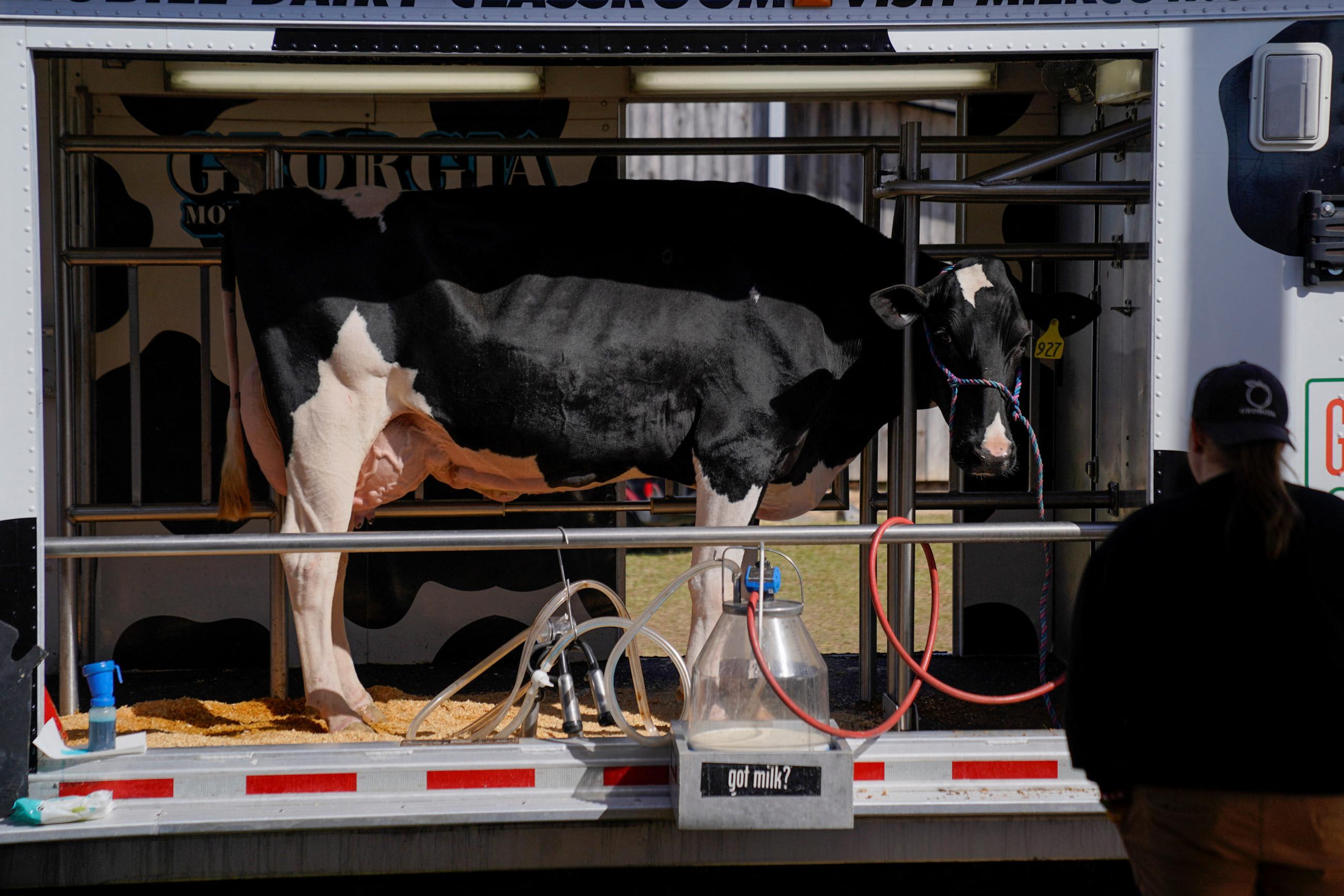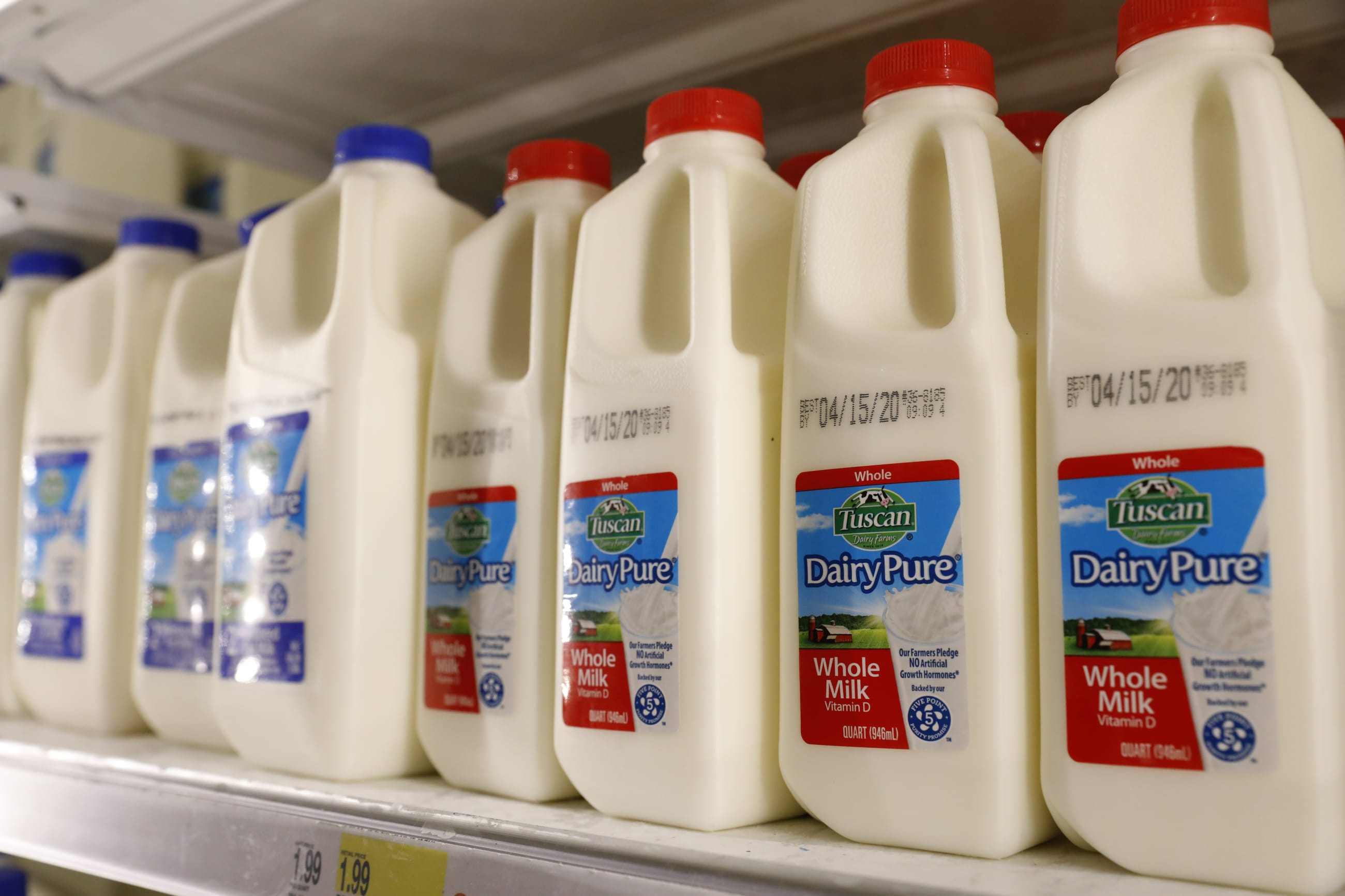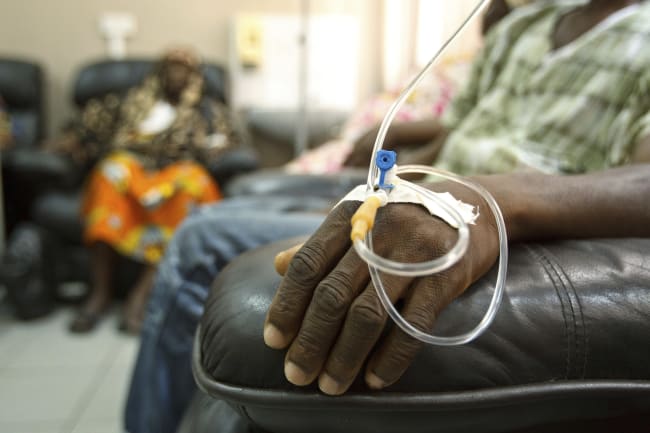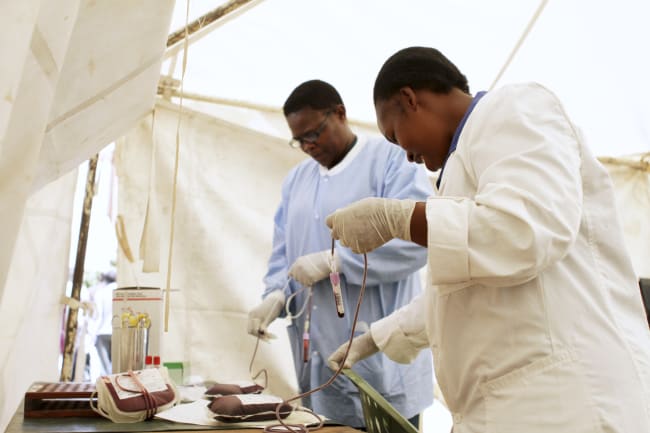Science students around the world learn about Louis Pasteur's nineteenth-century discovery that heat destroys pathogens in food and beverages, reducing the risk of disease transmission. That breakthrough eventually led many countries to mandate pasteurization of certain products, including alcohol, fruit juice, and eggs.
Milk and other dairy products are also on that list, and their safety is of particular interest now due to the outbreak of H5N1, a strain of highly pathogenic avian influenza (HPAI), in U.S. dairy cows. As of May 6, the virus had been detected in 36 herds in nine states.
Experts have continued to emphasize the lack of any evidence or reason to believe that viable bird flu virus will get through pasteurization. On May 1, the U.S. Food and Drug Administration (FDA) released a statement reassuring the public that "preliminary testing did not detect any live, infectious virus" in fluid milk, cottage cheese, and sour cream. The tests "show that pasteurization is effective in inactivating HPAI."
It's understandable, though, that the public has been confused by mixed messaging from government officials and the media, including about genetic fragments of the virus initially recovered in pasteurized milk from supermarkets. That makes a clear explanation of the science, facts, and unknowns all the more pertinent.
A Century of Safety
Milk safety in the United States is regulated in part by the Pasteurized Milk Ordinance, a set of rules that dates to 1924. Centennial celebrations have been tempered somewhat by the current H5N1 outbreak, yet there is no reason to suspect that the pasteurization methods adopted a century ago are any less effective at preventing disease today, says Alex O'Brien, the dairy food safety and quality coordinator at the University of Wisconsin-Madison's Center for Dairy Research.
Experts have continued to emphasize the lack of any evidence or reason to believe that viable bird flu virus will get through pasteurization
The United States saw almost immediate public health returns after it adopted widespread pasteurization. In 1938, milk-borne illnesses accounted for 25% of all disease outbreaks attributed to contaminated food and water, but by 2014, that figure had declined to less than 1% (and of that 1%, the majority of cases—70%—were from raw, unpasteurized milk). Milk processing standards have become stricter over time, O'Brien says, and exhaustive federal and state regulations and standards now exist across production, processing, and packaging.
More than 90% of milk produced in the United States meets Grade A standards, meaning that it is sufficiently sanitary to be safely consumed as a beverage. Grade B milk, which constitutes most of the rest, can be used only to make certain dairy products, including ice cream, butter, and cheese.
Why Pasteurization Destroys Avian Influenza Virus
Unlike sterilization, pasteurization does not eliminate every microbe a product may contain. Its primary purpose, instead, is to ensure that pathogens are destroyed with a 99.999% reduction. Pasteurization does this by heating products to a certain temperature for a certain time, the specifics of which are based on the biology of pathogen in question and the characteristics of the food or beverage being heated.
Generally, though, "anything can be inactivated by temperature, it's just a matter of how high and how long," says David Swayne, a Georgia-based poultry veterinarian who specializes in avian influenza, and the former director of the U.S. Department of Agriculture Southeast Poultry Research Laboratory.
H5N1 is an enveloped virus, meaning that it has a lipid-based outer wrapping that protects its genetic material and other essential components. Heat delivered through pasteurization dissipates this envelope and destroys some of the essential proteins in the virus's structure.
"The envelope just starts to melt away," says Erwin Duizer, a virologist at the National Institute for Public Health and the Environment in the Netherlands. "And if the envelope from a virus is basically gone, then the virus is not infectious anymore."

Likelihoods and Unknowns
No data currently suggests that the H5N1 virus circulating in dairy cattle and found in infected cows' raw milk can survive pasteurization. Past pasteurization and cooking studies that Swayne and his colleagues conducted in chicken eggs and meat, for example, showed that heat treatment is effective at inactivating H5N1. The latter finding offers hope for ongoing testing for the possibility of H5N1 in beef.
On April 25, the FDA announced that it had detected genetic fragments of H5N1 in about 1 in 5 pasteurized retail milk samples from a nationally representative study. Swayne emphasizes that these results do not mean that viable virus had been found in milk. The pasteurization process inactivates viruses, but it does not remove their genetic material. What is left over, he says, is not "a whole virus that can infect someone."
This conclusion was supported by FDA testing of 297 retail dairy samples from 38 states that failed to detect any infectious virus, reaffirming "that the commercial milk supply is safe," the FDA wrote on May 1. The agency added that it will continue collecting samples and conducting studies "to further validate pasteurization."
Ongoing testing is warranted given the current outbreak, Duizer says, but he sees little cause for concern given pasteurization's proven track record. What's of more concern, he says, is "the ease with which this virus makes species jumps."
With the current information we have and the past 100 years of data from pasteurization, I have no concerns
Alex O'Brien
"Things can change on a dime," O'Brien agrees. "But with the current information we have and the past 100 years of data from pasteurization, I have no concerns."
O'Brien says standards exist for pasteurization machinery, and are enforced stringently, to make sure the process is uniform across the industry. He says Grade A facilities are also randomly inspected each quarter by officials.
No evidence has been found so far of H5N1 infection in beef cattle, but continued testing is a good idea, Swayne says. If the virus does appear in beef cattle, it is unknown whether it would be present in their beef. Should that happen, though, Swayne reiterates that "cooking is highly effective at killing HPAI."
All that said, one group of consumers could be at higher risk of direct foodborne transmission of bird flu: those who drink raw, unpasteurized milk or who eat dairy products made from it.
Tests the FDA conducted of raw milk collected from infected cows confirmed that the samples contained high levels of viable H5N1 virus. Whether contaminated raw milk could lead to an infection in a person is unknown. But evidence is beginning to suggest that several domestic cats that lived on dairy farms were fatally infected this way.
Regardless of whether H5N1 can be transmitted to humans in raw milk, O'Brien warns that drinking it still introduces safety concerns: "Bacteria is everywhere, and cows can be carriers of things, too."













